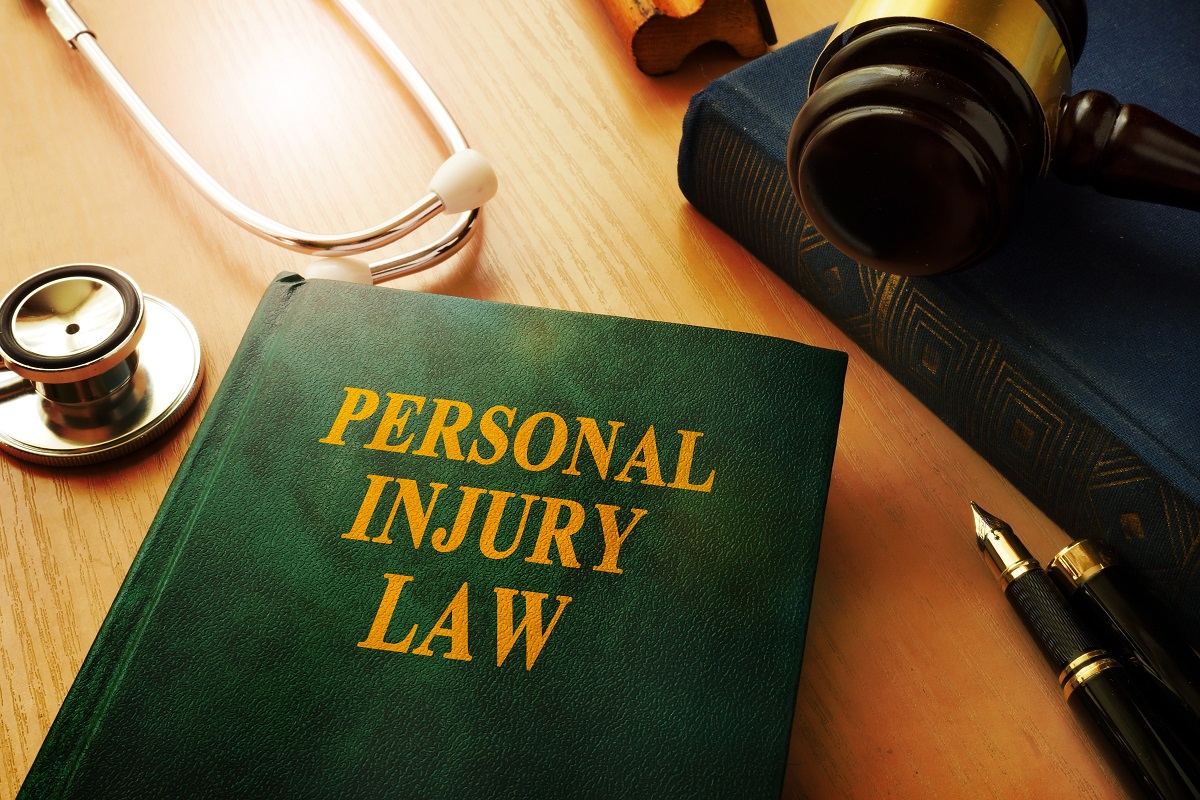- Gather evidence such as medical reports, witness testimony, police reports, and photos/videos to support a physical injury charge.
- Secure the offender’s full name, address, contact information, and date of birth.
- Understand relevant laws regarding physical injury cases in the jurisdiction.
- Hire a personal injury attorney to advise and advocate for victims’ rights in court.
- Take a thoughtful approach to ensure justice is served when filing a case.
Filing a case on someone who has caused a physical injury is essential for ensuring justice. It can assure victims that their injuries have been acknowledged and reflected upon legally and provide the necessary closure for the victim to move forward with their life.
Statistics show that many victims of physical injury fail to seek justice or are not provided with adequate compensation for their suffering. A National Center for Victims of Crime study revealed that only 59% of violent crime victims reported their trauma to law enforcement. Furthermore, another survey revealed that only 28% of individuals who experienced violence in the workplace reported it to their employers. These low numbers signify a profound lack of access to justice among physical injury victims.
Fortunately, filing a case can help bridge this gap and provide better protection against physical injury. However, you might not know where to start. Here are a few steps to consider when filing a case against someone who has caused the physical injury:
Gather Evidence

When filing a case against someone who has caused physical injury, it is critical to have sufficient evidence to prove your point. Without solid evidence, such as medical reports and witness testimony, your case may not be taken seriously or could result in a dismissal. For this reason, gathering evidence is an integral part of filing a successful physical injury charge.
The type of evidence that should be collected depends on each scenario since no two cases will ever be completely alike. However, here are some examples of critical pieces of information that can be used as evidence in physical injury cases:
Medical Reports
Medical reports are one form of direct proof that the victim has sustained physical injuries. These documents should include details about any tests or examinations performed, what medications were prescribed for treatment, and any long-term effects of these injuries. Having copies of these reports will make proving your case in court easier.
Witness Testimony
Witnesses who saw the incident occur first-hand can provide valuable insight into what happened and how severe the injuries were when they were witnessed. Their accounts can help strengthen your argument and paint a more comprehensive picture for jurors during trial proceedings.
Police Reports
Police reports are another critical piece of evidence to gather when filing a physical injury charge against someone else. They often contain detailed information about what happened during an altercation and provide context regarding why specific actions may have been taken by either party involved in the incident leading up to the alleged assault or battery offense.
Photos/Videos
Photos or videos taken before or after an altercation can also be powerful visual proof when presenting your case to a jury during trial proceedings. If available, these images should depict any visible bruises, lacerations, abrasions, etc., which could help reinforce your argument that physical harm was inflicted upon another person due to another’s negligence or intentional malicious acts towards them – regardless if there were witnesses present at all times throughout this incident or not!
Secure Details About the Offender
When filing a case against someone who has caused physical injury, it is essential to have a thorough knowledge of the offender. Knowing specific details about the offender, such as their full name, address, contact information, and date of birth, can help ensure that the court can adequately summon them for questioning or trial proceedings. These details can also be used to verify the accused’s identity and determine if they have any prior offenses on record.
Detailed knowledge of the alleged perpetrator can also help strengthen your case by providing a more reliable history of the individual’s character and actions. This information can then be used in court to demonstrate that this particular offense was not an isolated incident; instead, it was part of a pattern of behavior that may have been ongoing for some time. This can be especially beneficial when seeking damages or punitive measures against an offender during civil proceedings.
Aside from gathering evidence and determining the offender’s specifics, knowing other critical facts regarding a case may also be necessary. Understanding applicable laws related to physical injury cases in your jurisdiction is essential to prepare your subject best. Awareness of what kind of sentencing or restitution could be awarded in similar circumstances is also helpful when formulating legal arguments and advising victims on the outcome they might expect. Subpoena domestication services might also be required if the alleged perpetrator resides outside your jurisdiction. This can prevent an out-of-state defendant from avoiding or delaying a court summons.
Hire a Personal Injury Attorney

When filing a case against someone who has caused physical injury, it is imperative to have the assistance of an experienced personal injury attorney. They can provide direction on navigating your legal journey and offer valuable advice based on their expertise in the field. A skilled lawyer will also be able to advocate for your rights in court, draft pleadings, file motions and requests for production, and negotiate with opposing parties or insurers on behalf of the victim. Having a knowledgeable legal representative by your side during this process can help improve the chances of getting justice for any physical injuries incurred.
Final Thoughts
Filing a case on someone who has caused a physical injury is essential to ensure justice for victims of violent crime or negligence. Preparing and understanding the proper steps can make this process smoother and more effective in achieving the desired outcome. These are just some steps to consider when filing a case against someone who has caused physical injury. Hopefully, with a thoughtful approach and proper legal representation, victims will get the closure they need from this experience.



